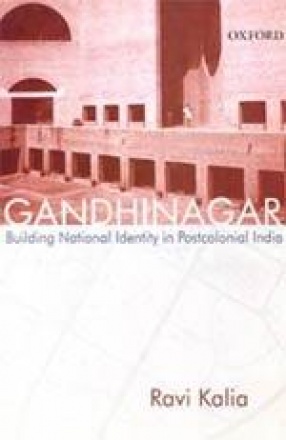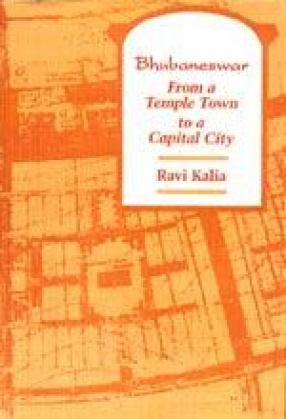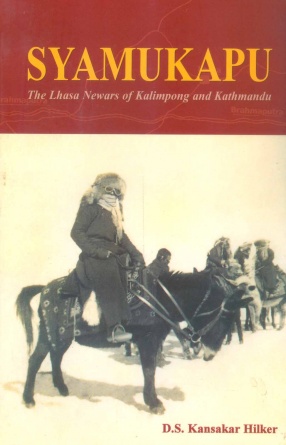Gandhinagar: Building National Identity in Postcolonial India
Synopsis
The culmination of Ravi Kalia’s trilogy on the formation of capital cities in postcolonial India, Gandhinagar joins the historian’s other two volumes, on Chandigarh and Bhubaneshwar, in tracing India’s efforts to establish its twentieth-century architectural identity. Kalia explains that Gandhinagar, the capital of Gujarat, became a battle-ground for the competing ideals that had surfaced during the building of Chandigarh and Bhubaneshwar. The mill owners of the neighboring city of Ahmedabad, backed by Indian architect and planer Balkrishna Doshi, wanted the American Louis Kahn to build Gandhinagar as a worthy rival to Le Corbusier’s Chandigharh. There was tremendous political pressure to make Gandhinagar a purely Indian enterprise, partly because the state of Gujarat was the birthplace of Mahatma Gandhi. Within this context, Kalia explores the impact of modernist architecture on India and suggests that this style gained acceptance due to its minimalist design and unadorned spaces. Further, he explains how two competing versions of Indian history and ideology – Gandhi’s and Nehru’s employed modernism’s ideals for their own separate ends. Serving two masters, as Kalia illustrates, created constrictions and tensions evident in the building of Gandhinagar and in the careers of many Indian architects, including Doshi, Charles Correa, and Achyut Kanvinde. While this absorbing book will be of particular interest to urbanists, architects, urban historians, practitioners of architecture and planning, it will also appeal to the general reader with interest in Indian architecture and cities, and postcolonial developments in modern India.
Read more
22.50
20.25
$
25.00 $
Free delivery Wolrdwidе in 10-18 days
Ships in 1-2 days from New Delhi
Membership for 1 Year $35.00
Get it now and save 10%
Get it now and save 10%
BECOME A MEMBER
Books by the same author









Bibliographic information